
Macro investment research at https://t.co/hQqAza8GGP
Our total return index is at https://t.co/vta9eqevnU
The ETF WTBN tracks our Index.
biancoresearch.eth
154 subscribers
How to get URL link on X (Twitter) App

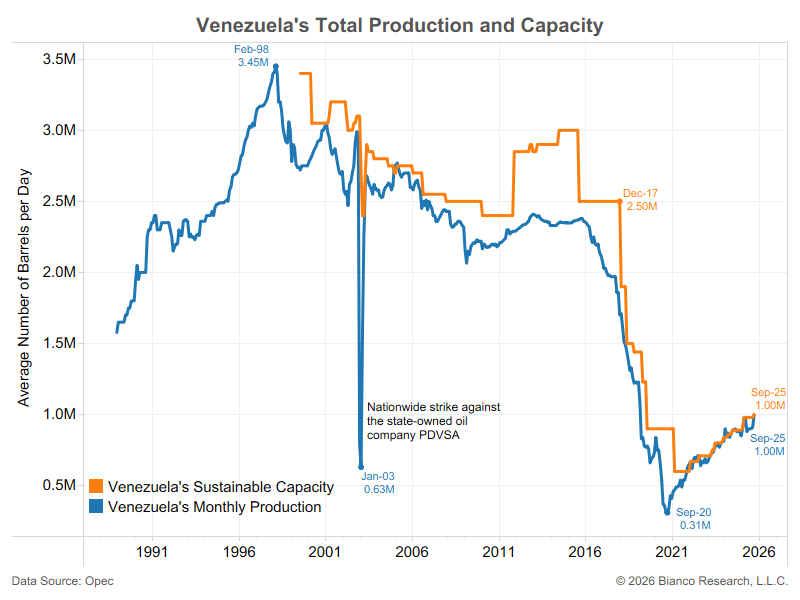

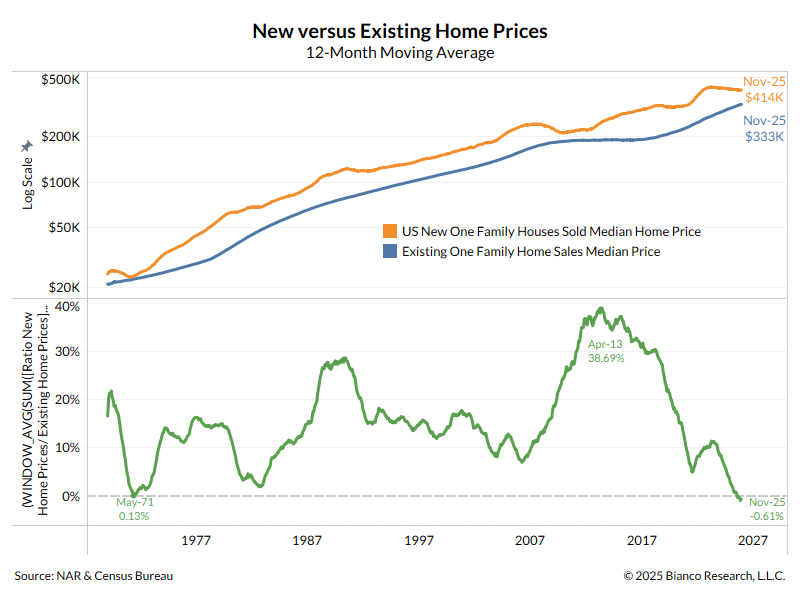
https://twitter.com/KobeissiLetter/status/19940649624869357952/7


https://twitter.com/DeanBaker13/status/19930072250074403762/8

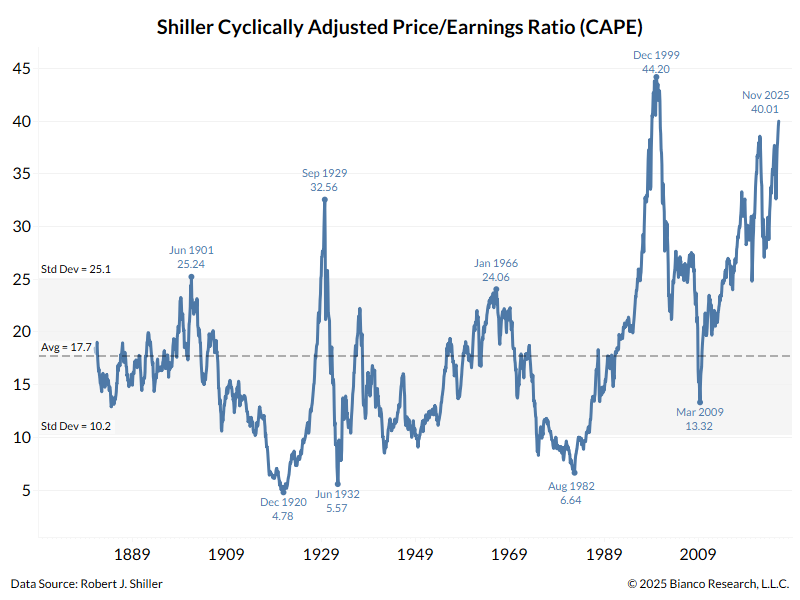
https://x.com/biancoresearch/status/1989722276007215467
 2/4
2/4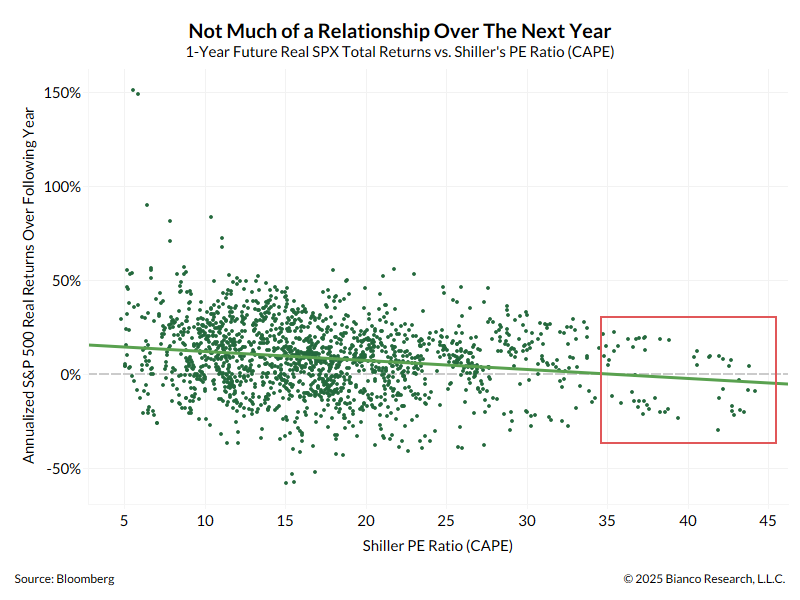

 2/6
2/6

 2/13
2/13
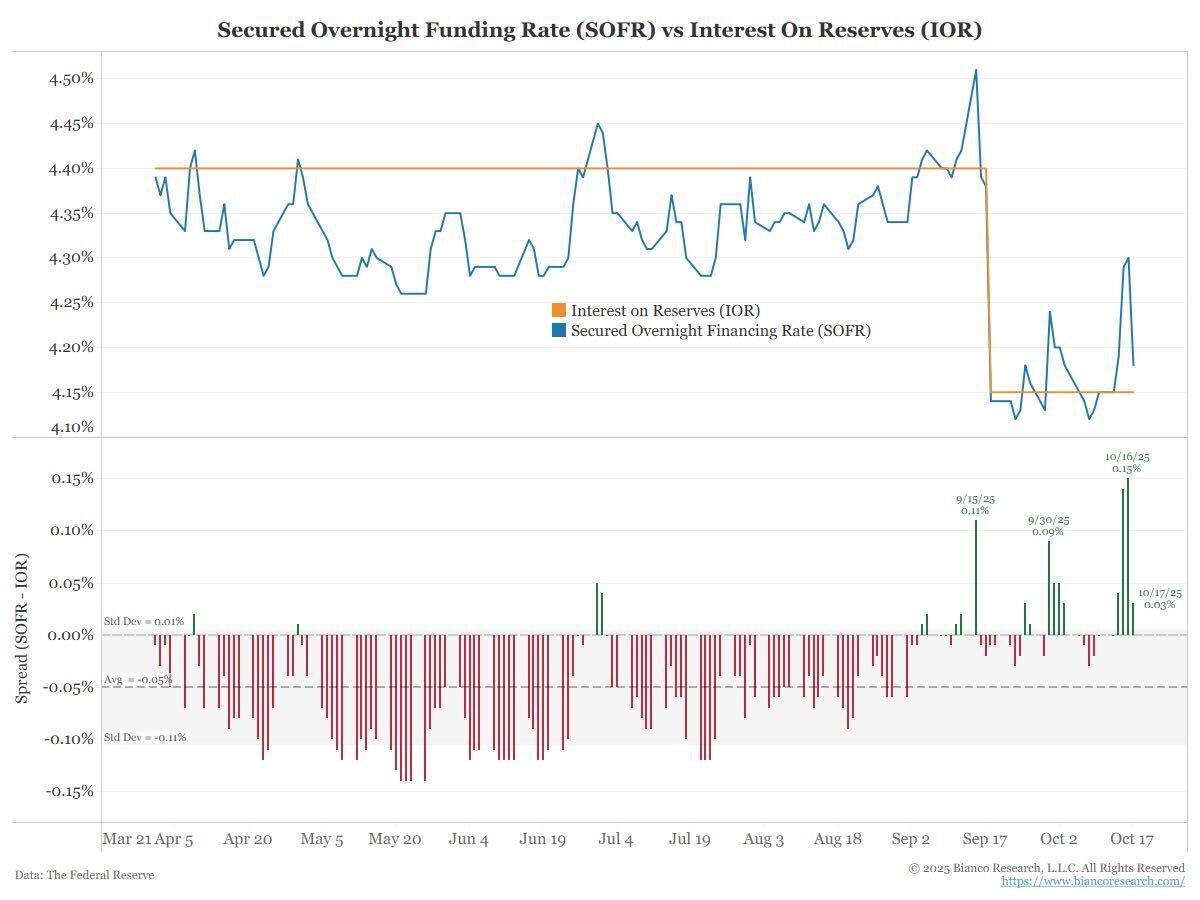
https://twitter.com/biancoresearch/status/19796013099101061372/5


 2/6
2/6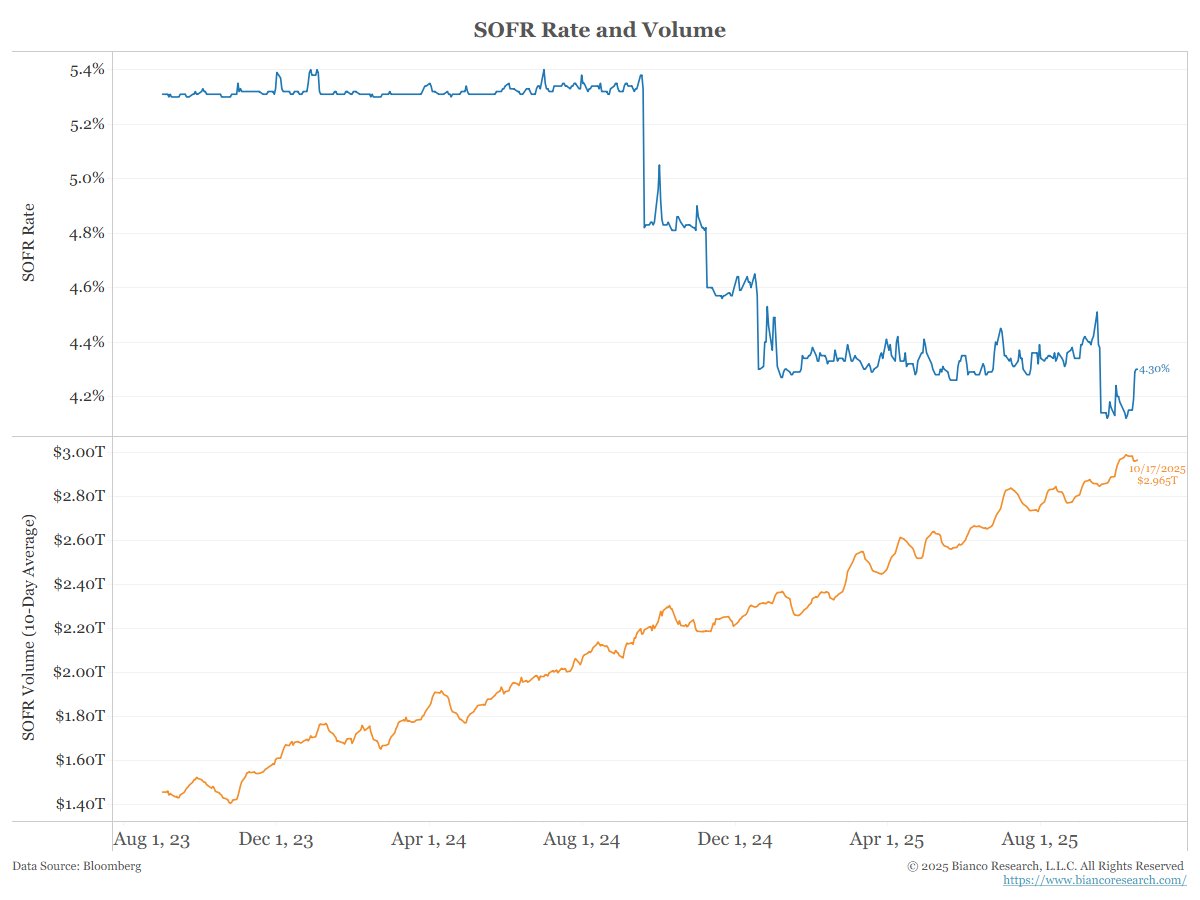

https://twitter.com/BobEUnlimited/status/19621712774032100132/6


https://twitter.com/biancoresearch/status/19621439092088794562/8


 The Atlanta Federal Reserve calculates a Housing Affordability Monitor.
The Atlanta Federal Reserve calculates a Housing Affordability Monitor.

https://twitter.com/NickTimiraos/status/19444407730316863412/3
https://x.com/russvought/status/1943362774416883908



https://twitter.com/JeffWeniger/status/19379848968083991132/4


https://twitter.com/FrontierMetrix/status/19336385451489489072/8
https://x.com/TheShortBear/status/1933380751401103811

 2/12
2/12
 2/9
2/9

 2/5
2/5

